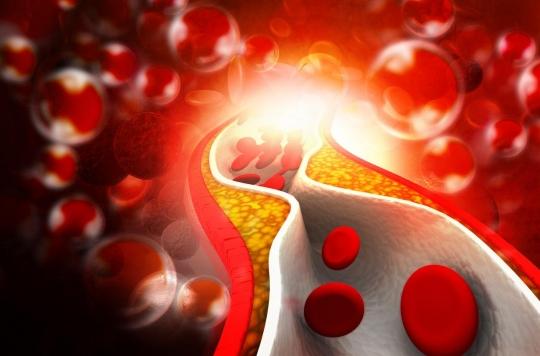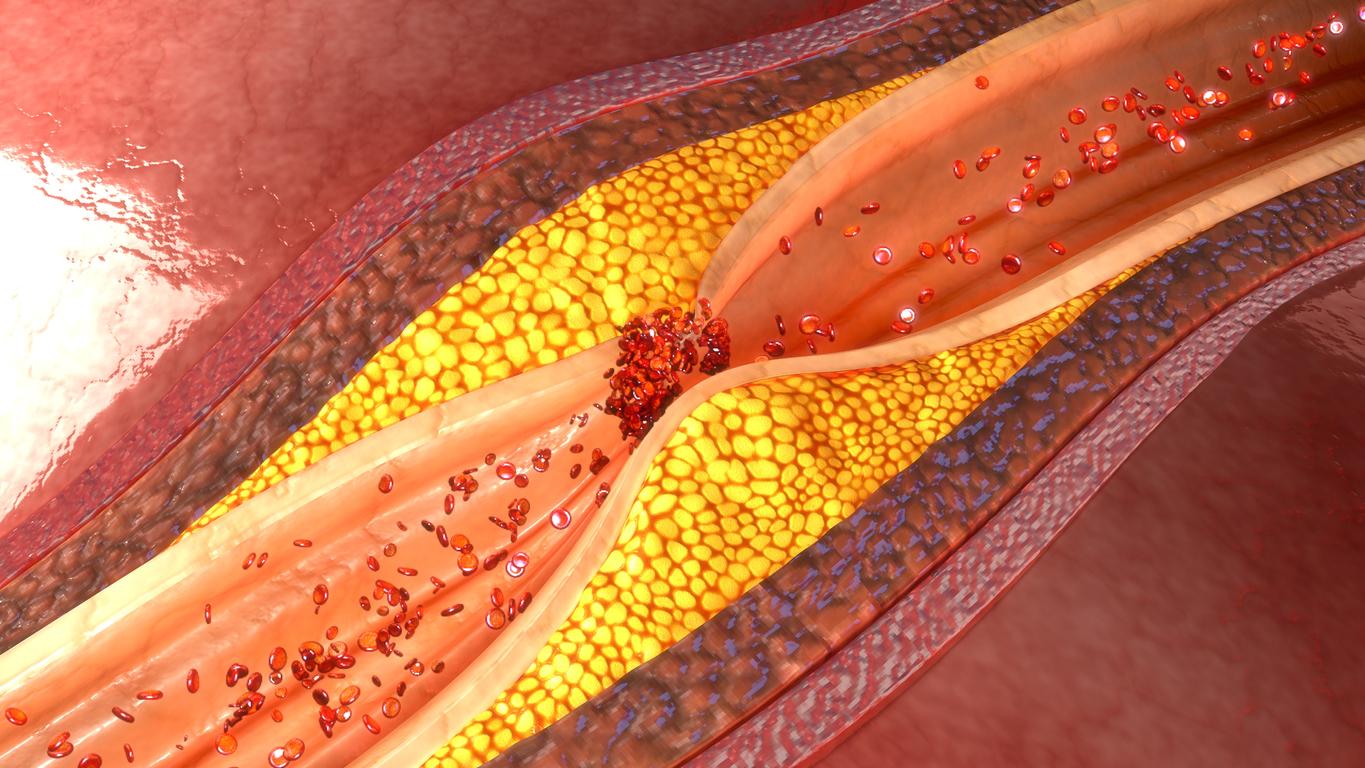New work carried out by the University of Ohio points to the ineffectiveness of current recommendations on reducing bad cholesterol levels in the prevention of cardiovascular disease.

Are the current recommendations for reducing “bad cholesterol” wrong?
While last September, the European Society of Cardiology and the European Society of Atherosclerosis delivered their guidelines for better management of low-density lipoproteins (LDL), also called “bad cholesterol”, a new study conducted by the University of Ohio and published in theInternational Journal of Nanomedicine shows that a particular subclass of LDL is a much better predictor of potential heart attacks than the mere presence of LDL in the blood.
An erroneous result “in three quarters of the cases”
Currently, the mere presence in the blood of low density lipoproteins is considered an indicator of the potential risk of coronary heart disease or myocardial infarction. However, several studies have shown that approximately 75% of patients who suffer from a heart attack have a cholesterol level that does not indicate a high risk of such a situation.
For Professors Tadeusz Malinski and Jiangzhou Hua, it is because the rates used and analyzed do not focus on the real risk factor. “Our study can explain why a correlation between ‘bad’ total cholesterol and the risk of heart attack is weak and dangerously misleading”, explains Professor Malinski, who estimates that the result obtained is incorrect in “three quarters of the cases”. “These national guidelines may seriously underestimate the harmful effects of LDL cholesterol, especially in cases where the total LDL subclass B content is high (50% or more),” he continues.
To reach this conclusion, the researchers used nanosensors that measured the concentration of nitric oxide and peroxynitrite in the endothelium, i.e. the innermost layer of blood vessels, the one in contact with the blood. , and which is stimulated by LDL subclasses.
LDL subclass B is the only one harmful to the arteries
They then observed that it was the LDL subclass B that proved to be the most detrimental to endothelial function. This subclass can contribute to the development of atherosclerosis, a disease characterized by the deposit of atheroma, a plaque composed mainly of lipids on the walls of the arteries. Eventually, these plaques can damage the arterial wall (sclerosis), lead to the obstruction of the vessel, or even rupture, with often dramatic consequences.
The researchers therefore insist: it is not the total amount of LDL cholesterol one has, but rather the concentration of subclass B to the other two, subclass A and subclass I, that should be used. to diagnose atherosclerosis and heart attack risk.
“Understanding this could improve diagnostic accuracy for assessing cardiovascular disease rates,” says Malinski. LDL subclass mixture analysis can provide a parameter-based model for early medical diagnosis of cardiovascular disease risk estimation.”

.















